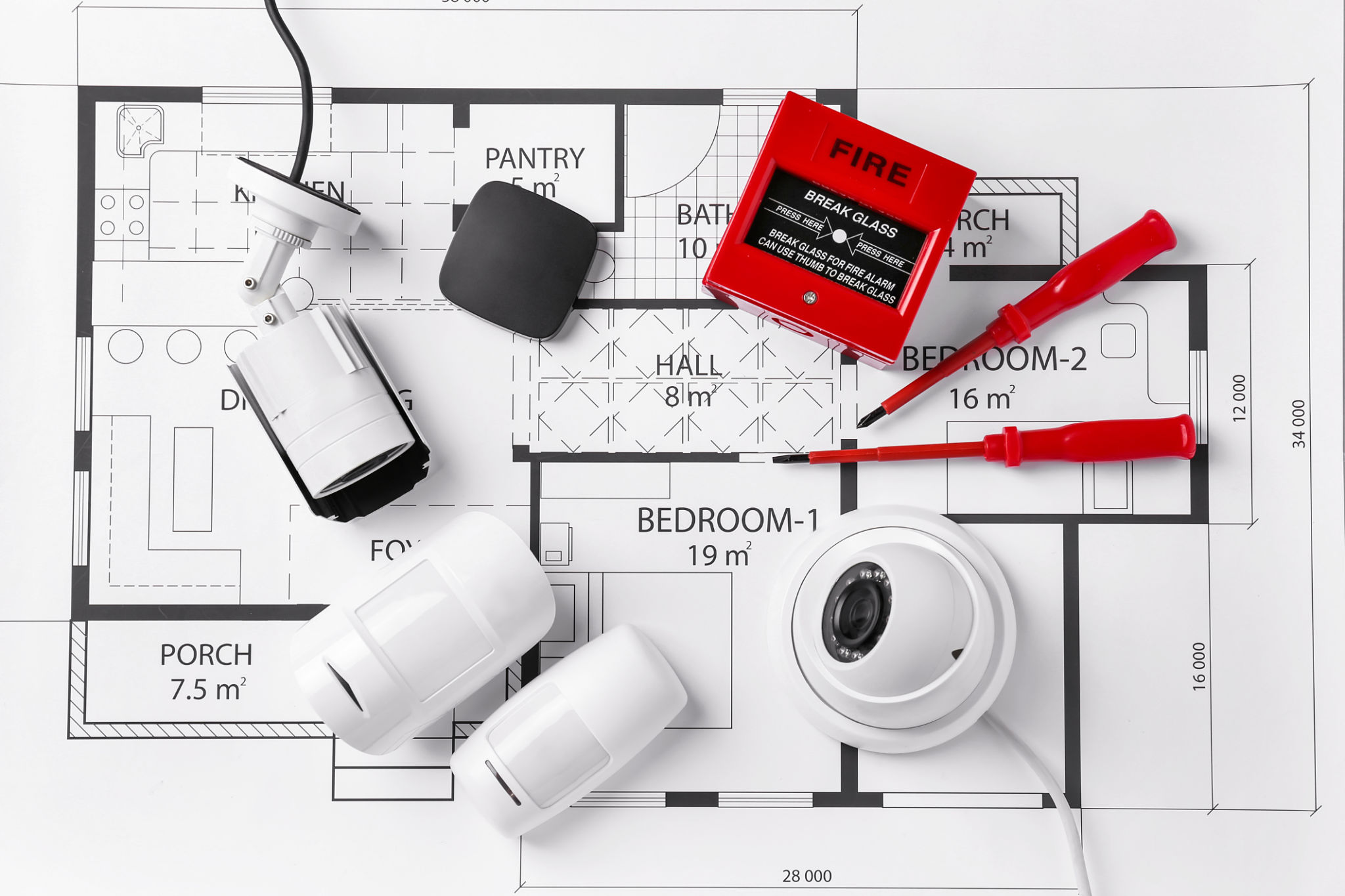Fire Damage Restoration: What You Need to Know
Understanding Fire Damage Restoration
Experiencing a fire in your home or business can be devastating. Beyond the immediate threat to life and property, the aftermath involves a complex and often overwhelming process of restoration. Knowing what to expect can help you navigate this challenging time more effectively.

The Initial Assessment
After the fire has been extinguished, the first step in restoration is a thorough assessment of the damage. Professionals will evaluate the extent of fire, smoke, and water damage to create a detailed action plan. It's crucial to avoid entering the property until it has been deemed safe.
During this phase, restoration experts will check the structural integrity of the building and identify any immediate hazards, such as compromised electrical systems or unstable structures.
Cleaning and Removal
The next step involves removing debris and cleaning the affected areas. Soot and smoke residues are acidic and can cause further damage if not promptly addressed. Specialized equipment and techniques are used to clean surfaces and remove soot particles from the air.

Water removal is also essential to prevent mold growth. High-powered pumps and vacuums are typically used to extract standing water, followed by drying and dehumidifying the space.
Repair and Restoration
Once the property is clean and dry, the focus shifts to repairing and restoring damaged areas. This can include repairing or replacing drywall, flooring, and structural elements. In some cases, parts of the property may need to be rebuilt entirely.
Restoration professionals often work closely with insurance companies to ensure that all repairs are covered and completed to industry standards.

Odor Removal and Deodorization
Smoke can leave lingering odors that are difficult to remove. Restoration companies use advanced techniques, such as thermal fogging and ozone treatments, to neutralize odors and improve air quality. This step is crucial for restoring the property's environment to a livable condition.
Preventive Measures and Safety Tips
After restoration, implementing preventive measures can help reduce future fire risks. Consider installing smoke detectors, fire extinguishers, and creating an emergency evacuation plan. Regular maintenance of electrical systems and appliances can also prevent potential fire hazards.

Understanding the fire damage restoration process can help you make informed decisions and ensure that your property is restored efficiently. By partnering with experienced professionals, you can navigate this challenging time with greater confidence and ease.